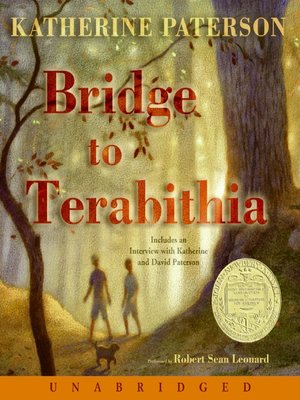Yumoto, K., & Hirano, C. (1996). The Friends. New York: Farrar, Straus and Giroux.
Genre: Realistic Fiction
Grade Level: 5th-12th
Summary: This is a story about three friends and an old man. Kiyama, Yamashita, and Kawabe are 6th grade boys and they all have distinct physical characteristics that follow them throughout the story; Kiyama is tall and thin, Yamashita is pudgy, and Kawabe has glasses. After Yamashita’s grandmother dies, Kawabe suggests the keep a look out for an old man that lives nearby because he heard he would be dying soon and he wanted to see a dead person. At first, the other two friends are horrified by his suggestion but eventually their curiosity causes them to cave in. They begin following the old man around and notice that he hardly takes care of himself or his house. However, once he discovers they have been stalking him, he puts them to do chores. The boys grow to see the old man as a mentor and it is evident that the presence of the boys also has a positive affect on the old man. The old man starts taking care of himself and the boys help him fix his house by painting it and growing a bed of flowers. The old man helps the boys out with their school work and they ask him questions about his past. The old man admits that he was married once but that after coming back from war, he was too ashamed to go back to his wife. As we see their friendships flourish, the idea of death doesn’t present itself until Yamashita almost dies drowning in the pool; the thought of Yamashita dying terrifies Kiyama. After their scare, their lives go back to normal. The boys try to find the old man’s wife and although they believe they are sucessful, the old man does not go and see her. Instead, the old man takes them to go see some firs works he sets up himself and it is there that Kawabe decided that his what he wants to do for a living, Yamashita declares he wants to work in a fish shop, and Kiyama is left wondering what he wants to do. The boys start soccer camp after that and when they come back they are heartbroken to find that the old man has passed away in his home.
- Setting: Japan
- Theme: Friendship, family, growth, death, fear
- Point of View: First person
- Characters: Kiyama (the narrator), Yamashita, Kawabe, the old man
Lesson Sketch:
Although this book is centered a lot around the boys and their relationship with each other and the old man we also are given glimpse of their lives at home. Although Kiyama is financially well off and has both parents, it is evident that he is not close to his family and his mother is an alcoholic. Yamashita on the other hand is close to his family and is seen working hard at his family’s fish shop. It is obvious that he has a lot of love and respect for his parents. Lastly, Kawabe is affected by the absence of his father, who left him and his mom when he was younger; Kawabe is more short tempered than the other boys. Because of the boys’ vulnerability that is presented to the reader, I think that this is a great book that exemplifies the rawness of life. Some of my favorite quotes are as follows:
“The seven colors of sunlight. Usually they are invisible, but now they reveal themselves within a single stream of water. Even though the light was always there, the others remained hidden. There must be millions of things like that in the world. They exist but they are hidden, so we can’t see them. Some of them reveal themselves because of some simple change, while others only discovered after a long, difficult search by scientist or explorers” (78-79).
“Living is more than just breathing. So dying must be more, too” (81).
“Will I ever master something so well that I feel ready to die? Even if I don’t master it completely, I want to find something like that. Because if I don’t, then why am I alive?” (93).
“‘That’s it!’ Kawabe nods empathetically. ‘In other words, the unknown. That is the cause of fear'”(141).









